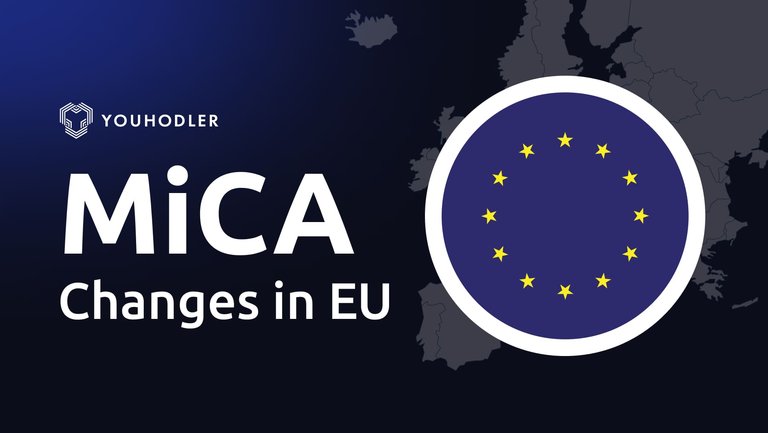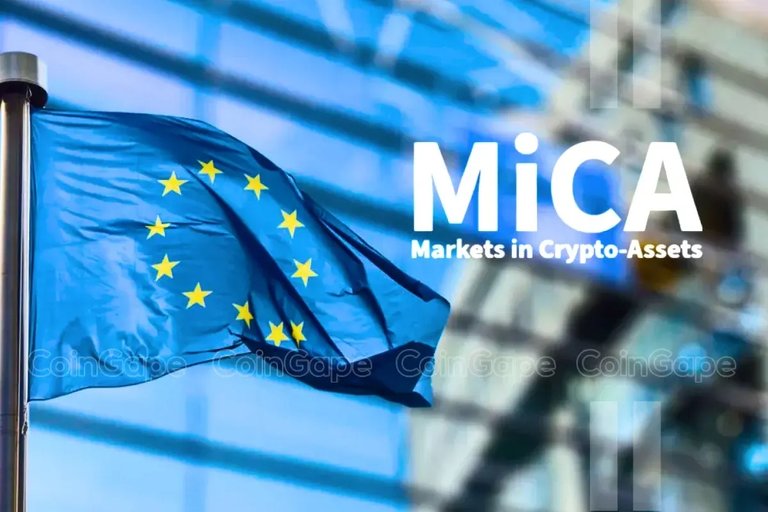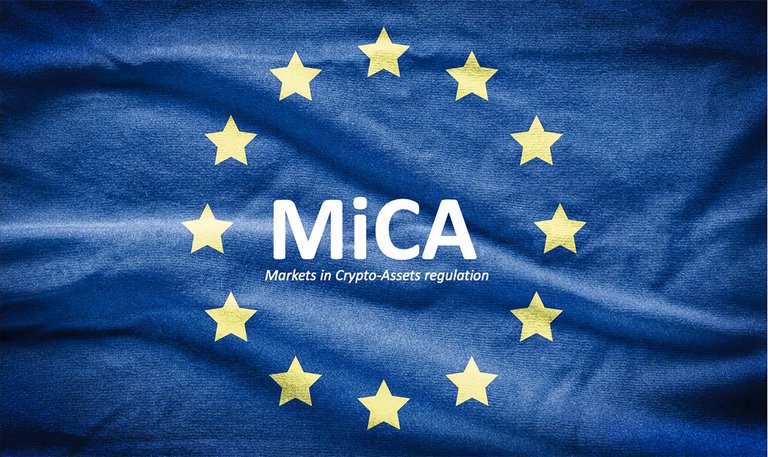
On December 30, 2024, the European Union will enforce the much-anticipated Markets in Crypto-Assets Regulation (MiCA) across its 27 member states. This regulatory framework, developed to bring clarity and consistency to the crypto market, marks a significant step forward in the EU’s approach to digital asset governance.
The European Securities and Markets Authority (ESMA) has published its final report, outlining updated technical standards and guidelines to assist member states in transitioning to the MiCA framework. However, the process has not been without challenges, particularly regarding potential inconsistencies in interpretation and implementation.
Addressing Legal Uncertainty and Diverging Interpretations
In its report, ESMA acknowledged concerns raised by stakeholders regarding the potential for legal uncertainty stemming from the broad scope of the guidelines. It emphasized that variations in how national authorities interpret MiCA could lead to discrepancies in enforcement across the EU.
To mitigate this, ESMA included a range of explanatory scenarios within the guidelines to clarify how specific aspects of digital asset regulation might be applied. However, it refrained from offering “real-world” examples to classify individual cryptocurrencies or assets. This decision was deliberate, as ESMA sought to avoid issuing opinions on specific cases, which could inadvertently influence markets or lead to unintended legal precedents.
Balancing MiCA with Existing EU Regulations
Another focal point of the report was the relationship between MiCA and the Markets in Financial Instruments Directive II (MiFID II), which was introduced after the 2008 financial crisis to harmonize financial practices across the EU.
Member states have called for greater clarity under MiFID II, specifically regarding whether certain crypto-assets should be classified as financial instruments. ESMA’s response avoids redefining financial instruments, focusing instead on refining the criteria and conditions under which crypto-assets might be categorized.
This approach aims to strike a balance: providing enough detail to enable consistent classification without overhauling the regulatory framework or compromising the flexibility required to accommodate innovation in the crypto sector.
Core Challenges in MiCA Implementation
Despite ESMA’s efforts, several unresolved issues highlight the complexities of implementing MiCA:
- Transferability of Assets: Member states raised concerns about determining which crypto-assets can be legally transferred under the framework.
- Technological Neutrality: Ensuring that regulations remain neutral with respect to the underlying technology of digital assets, such as blockchain or distributed ledger systems.
- Classification Ambiguity: Distinguishing between securities, derivatives, and emission allowances in the context of crypto-assets remains a challenge, as different types of assets often blur traditional definitions.

Looking Ahead: Continued Collaboration for Clarity
Although this marks the final guidance from ESMA before the December 30 deadline, the regulator emphasized that its work is far from complete. The 49-page document commits ESMA to ongoing collaboration with lawmakers and industry stakeholders to refine the interpretation and application of MiCA.
Importantly, ESMA has stressed that any further clarification efforts will not involve revising the legal framework itself. Instead, the goal is to enhance understanding and ensure that MiCA can be applied effectively across diverse jurisdictions.
Implications for the Crypto Industry
MiCA’s implementation is expected to bring much-needed standardization to the European crypto market, offering a clearer regulatory environment for investors, businesses, and innovators. However, the success of MiCA will depend heavily on how well the EU addresses the following:
- Ensuring uniform enforcement across member states to avoid creating regulatory arbitrage.
- Maintaining a balance between investor protection and technological innovation.
- Adapting quickly to new developments in the fast-evolving crypto space.

As the December deadline approaches, MiCA represents a critical test case for global crypto regulation. Its outcomes will likely influence how other regions, including the United States and Asia, approach digital asset governance in the years to come.